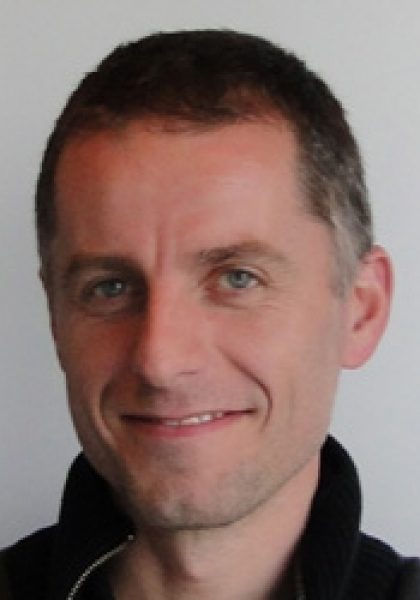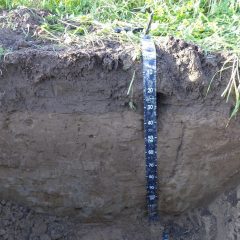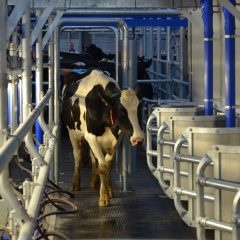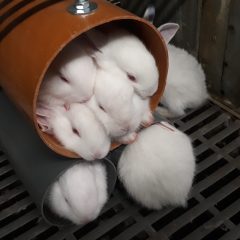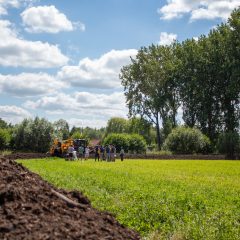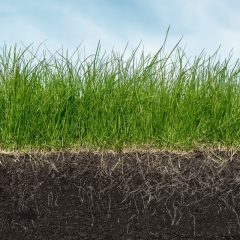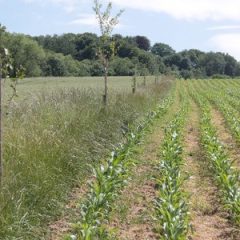Research project Optimizing nutrient cycles in the cattle sector by increasing human-edible protein efficiency through feed and enhancing nitrogen efficiency in cows.
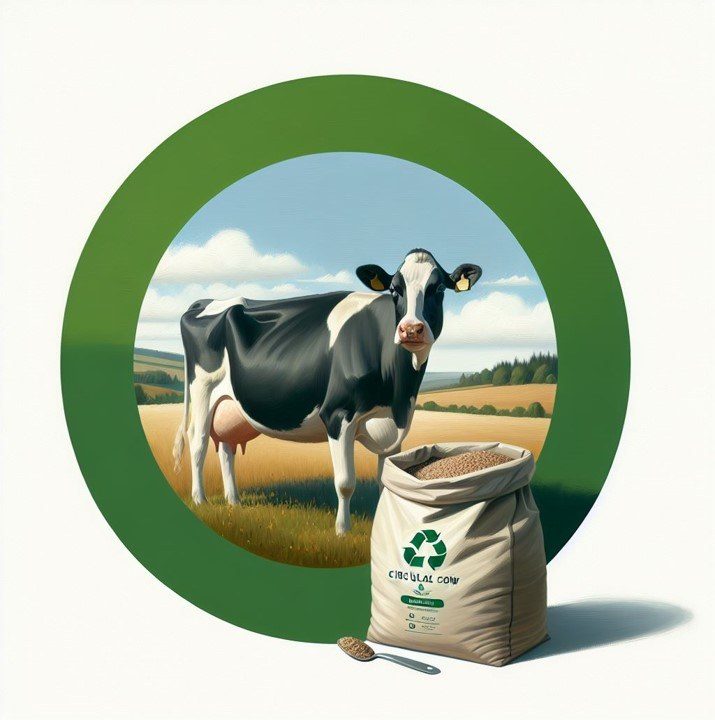
General introduction
The KringloopKoe ("Cow nutrient cycles") project aims to improve protein efficiency in cows to reduce their smaller ecological footprint. The (soy-based) protein in feed is not climate-friendly and, through the conversion of protein into ammonia in urine, increases nitrogen emissions. Three tracks are being explored: the feasibility of lower protein content in feed, alternatives to soy, proteins that cannot be eaten directly by humans (i.e., that fit more logically into closed-loop feed, uses for residual flows), etc. There are great environmental and economic challenges for cattle farming, including the high environmental and climate impact, the social questions surrounding animal proteins in human nutrition, the soy and grain use for feed with its high carbon footprint, the price volatility of feed components (thus economic uncertainty) and nitrogen regulations. The cattle sector must achieve the targeted ammonia reduction of -15% for beef and dairy cattle and -20% for fattening calves (vs. 2015) by 2030.
Research approach
KringloopKoe optimizes nutrient cycling through feed by improving human edible protein efficiency and nitrogen efficiency in the cow. The first efficiency parameter improves by incorporating non-human-edible, circular feedstuffs (by-products or residues from the food industry) into the cattle ration. The result is then lower consumption of soybean meal, high-protein concentrates and grains. The second nitrogen efficiency of cattle in low-protein rations is addressed through testing the use of specific additives or feeding strategies. Ideally, milk production remains stable while using less feed protein and emitting less ammonia.
Relevance/Valorization
A positive economic impact is possible: less expensive feed costs as by-products and residues and low-protein rations can be introduced. If successful, the imminent downsizing of the sector may be less drastic. The beneficial social impact consists of the improvement of the environment and climate and the well-being of farming families. The researchers focus on a quick implementation of their results: there will be implementation projects on farms and especially interesting calculation modules that will be integrated in existing practical tools. For example, we are aiming for a 'edible protein efficiency' module within KLIMREK and a ration tool that incorporates the edible protein content of feedstuffs and the amino acid level. The figures from these (used) tools have the added benefit for the farmer that their farm efforts in terms of sustainability become quantifiable and visible. Many dissemination efforts and tools have been planned (demo and study days, publications, practice sheets and farm visits). Through the Beef InfoNet the results remain anchored even after the project ends.
Financing
VLAIO - Agentschap Innoveren & Ondernemen

